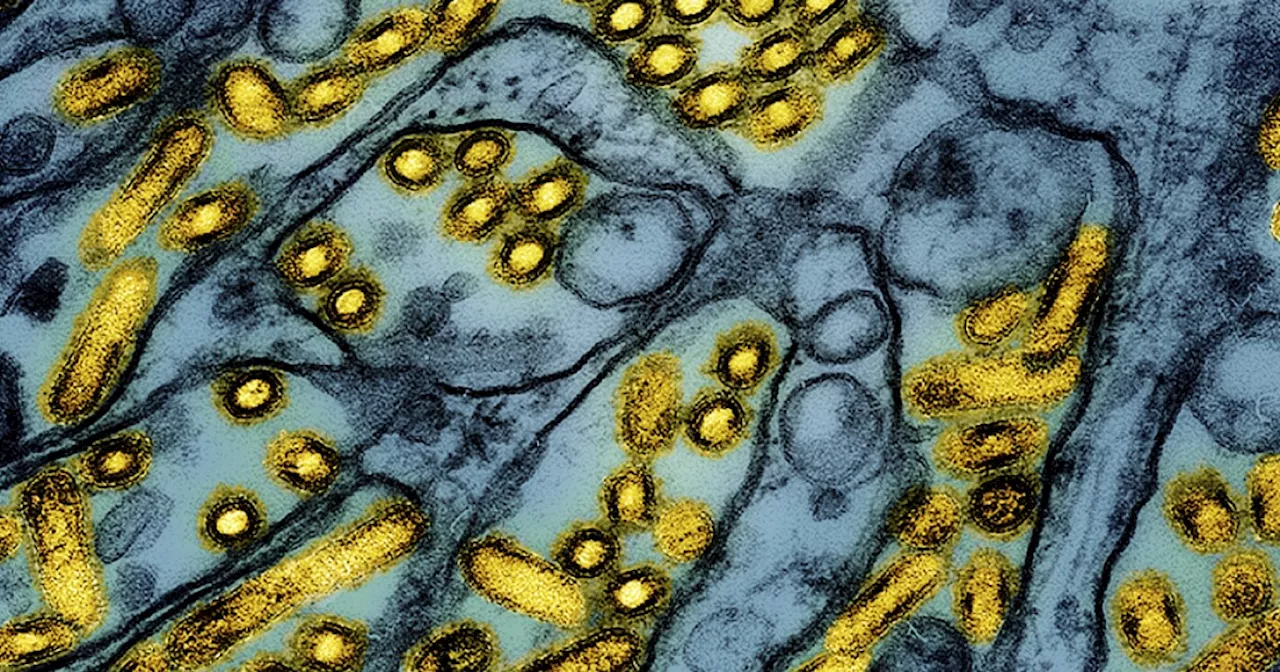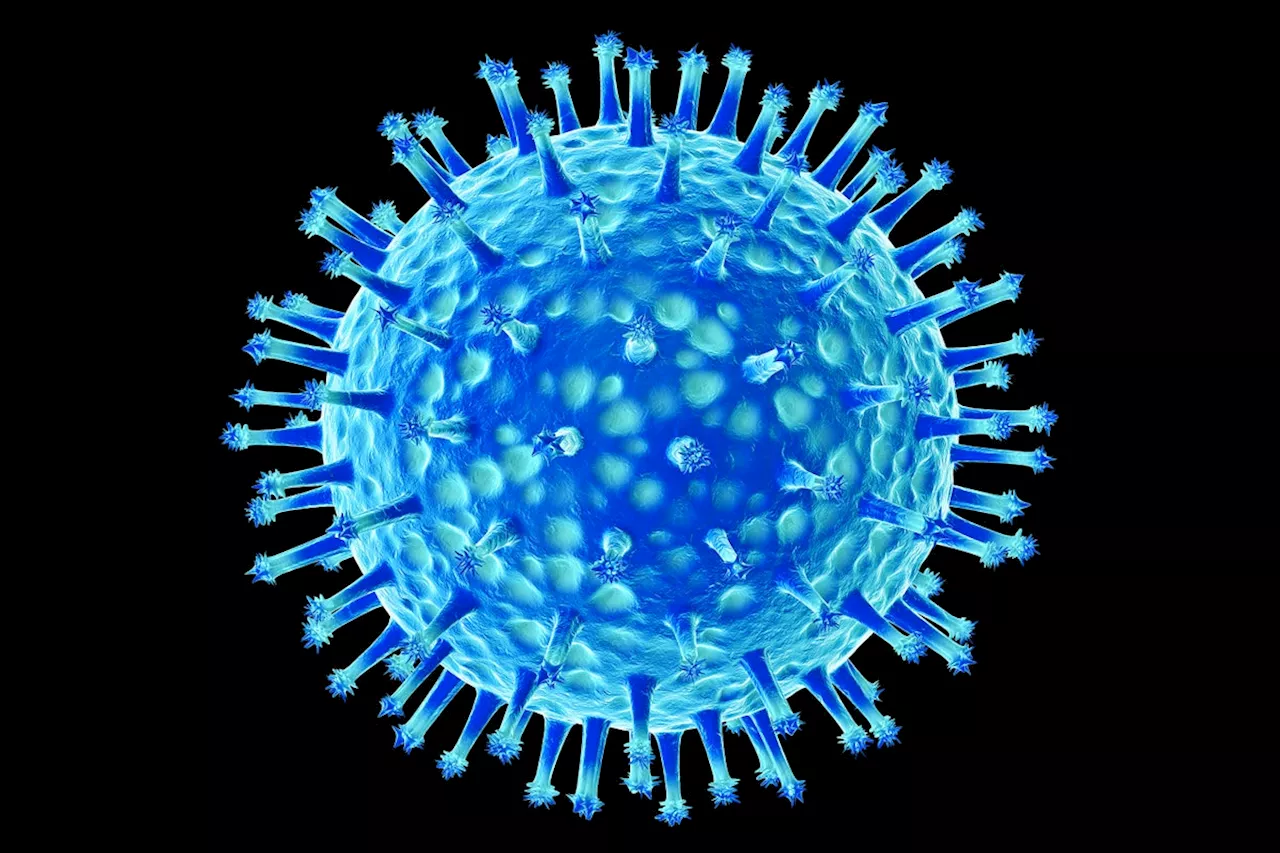A new study reveals how the Ebola virus (EBOV) travels through the layers of skin and emerges on the surface, suggesting skin contact as a potential route of transmission.
Research ers have traced a cellular route Ebola virus (EBOV) uses to traverse the inner and outer layers of skin and emerge onto the skin's surface. The study identifies new cell types within the skin that are targeted by EBOV during infection and shows that human skin specimens actively support EBOV infection. Overall, the findings suggest that the skin's surface may be one route of person-to-person transmission.
Ebola is a deadly hemorrhagic disease caused by a virus that is endemic in parts of East-Central and West Africa. Most people are aware that a primary route for person-to-person transmission is through contact with bodily fluids from an infected person. But more recent outbreaks, including the 2013-2016 Ebola epidemic in West Africa, demonstrated that infectious Ebola virus (EBOV) is also found on the skin's surface of those who have succumbed to infection or at late times during infection. Although evidence suggests that EBOV can be passed on from skin contact with a person in the later stages of the disease, very little is known about how the virus makes its way out of the body and onto the skin's surface. In a new study, researchers at University of Iowa Health Care and colleagues at Texas Biomedical Research Institute and Boston University, have traced a cellular route the virus uses to traverse the inner and outer layers of skin and emerge onto the skin's surface. The study identifies new cell types within the skin that are targeted by EBOV during infection and shows that human skin specimens actively support EBOV infection. Overall, the findings, which were published Jan. 1 in, suggest that the skin's surface may be one route of person-to-person transmission. 'The skin is the largest organ in the human body yet is woefully understudied compared to most other organs. Interactions of EBOV with skin cells have not previously been extensively examined,' says Wendy Maury, PhD, UI professor of microbiology and immunology, and senior author of the stud
EBOLA VIRUS SKIN CONTACT TRANSMISSION RESEARCH HEALTH
United States Latest News, United States Headlines
Similar News:You can also read news stories similar to this one that we have collected from other news sources.
 Bird flu may need a single mutation to spread among humans, study findsCalifornia researchers suggest the virus’ path to becoming a threat to humans is much shorter than previously believed.
Bird flu may need a single mutation to spread among humans, study findsCalifornia researchers suggest the virus’ path to becoming a threat to humans is much shorter than previously believed.
Read more »
 Single mutation of bird flu virus could allow it to spread among people, research saysThe bird flu virus strain that is rampant among dairy cows in the U.S. may only need one mutation for it to be able to spread among humans, according to a study published this week.
Single mutation of bird flu virus could allow it to spread among people, research saysThe bird flu virus strain that is rampant among dairy cows in the U.S. may only need one mutation for it to be able to spread among humans, according to a study published this week.
Read more »
 Louisiana Patient's H5N1 Virus Shows Potential for Human-to-Human SpreadThe Centers for Disease Control and Prevention (CDC) announced that viral samples from a hospitalized patient in Louisiana with severe H5N1 avian influenza show genetic mutations that could make the virus spread more easily among humans. The mutations were found in the patient's samples but not in those from backyard poultry, suggesting they occurred within the patient. While the CDC maintains the risk to the general public is low, this development highlights the virus's ability to adapt to human airways.
Louisiana Patient's H5N1 Virus Shows Potential for Human-to-Human SpreadThe Centers for Disease Control and Prevention (CDC) announced that viral samples from a hospitalized patient in Louisiana with severe H5N1 avian influenza show genetic mutations that could make the virus spread more easily among humans. The mutations were found in the patient's samples but not in those from backyard poultry, suggesting they occurred within the patient. While the CDC maintains the risk to the general public is low, this development highlights the virus's ability to adapt to human airways.
Read more »
 Raw Milk May Harbor Flu Virus for Days, Study FindsA new study by Stanford University reveals that the influenza virus can remain infectious in refrigerated raw milk for up to five days.
Raw Milk May Harbor Flu Virus for Days, Study FindsA new study by Stanford University reveals that the influenza virus can remain infectious in refrigerated raw milk for up to five days.
Read more »
 Spotted lanternflies in the US are living longer--and cities may be helping them spreadSpotted lanternflies -- invasive insects that first landed in the United States a decade ago -- are emerging earlier and staying active later each year, according to an analysis of citizen-science data by researchers. This longer life cycle and shift in activity may be driven in part by cities and their warmer climates.
Spotted lanternflies in the US are living longer--and cities may be helping them spreadSpotted lanternflies -- invasive insects that first landed in the United States a decade ago -- are emerging earlier and staying active later each year, according to an analysis of citizen-science data by researchers. This longer life cycle and shift in activity may be driven in part by cities and their warmer climates.
Read more »
 Cats May Help Spread Bird Flu, Scientists WarnCats 'shed the virus through both respiratory and digestive tracts, potentially creating multiple routes of exposure to humans,' the researchers wrote.
Cats May Help Spread Bird Flu, Scientists WarnCats 'shed the virus through both respiratory and digestive tracts, potentially creating multiple routes of exposure to humans,' the researchers wrote.
Read more »
